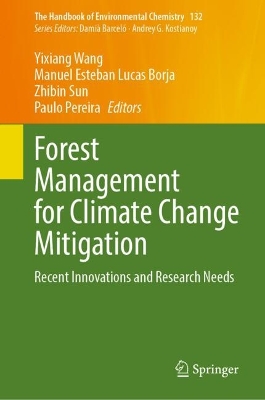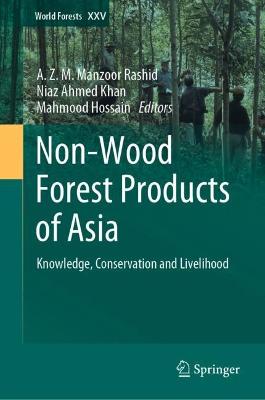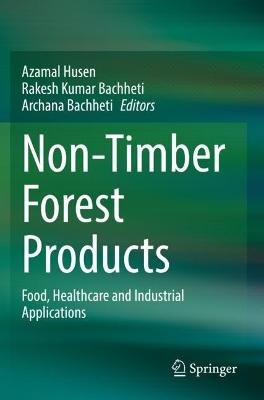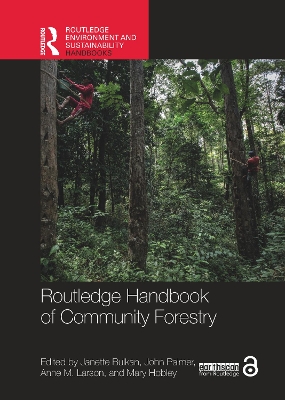Forests and Climate Change
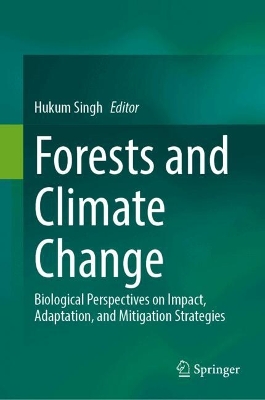 portes grátis
portes grátis
Forests and Climate Change
Biological Perspectives on Impact, Adaptation, and Mitigation Strategies
Singh, Hukum
Springer Verlag, Singapore
09/2024
987
Dura
9789819739042
Pré-lançamento - envio 15 a 20 dias após a sua edição



